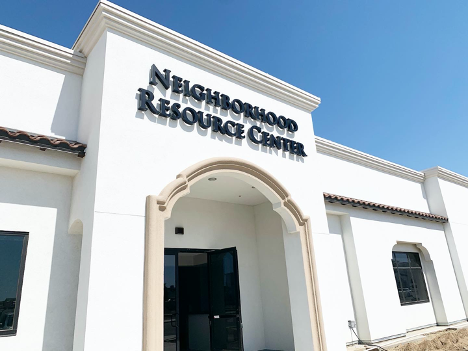The agricultural town of Mendota with a population of 11,000 lies 35 miles west of Fresno, Calif. There’s no bank, no pharmacy, and most of these rural students lack technology and internet access. Although it is ranked at the top of the 50 worst cities to live in the country, it’s home to one of the most innovative and successful methods of delivering education.

“We’ve been teaching at the Mendota Library, having to travel with our materials, set up and break down at the end of each day. But it’s worth it when we see the number of students succeeding. In the last four years we had almost 80 graduates, just from this small classroom,” said Gary Simmons, Learn4Life teacher in Mendota. “Many need one-on-one support due to seasonal harvesting constraints, English learning challenges and limited wrap-around services. When schools went to remote learning, we handed out laptops and hotspots so our students could continue their education,” Simmons added.
This month we celebrate a permanent classroom for our rural students, thanks to the new AMOR Wellness Center. It is a novel concept that brings a host of community wraparound services under one roof. The new 20,000-sq.-ft. center houses much needed community benefit organizations, agencies and nonprofits – including Learn4Life – that will provide essential services including medical, dental, mental, social, family and youth services.
Thirty six out of 58 California counties are rural, and approximately 6.2 million or 4.5% students attend rural schools throughout the state. Research indicates that rural students between 12 and 17 have the highest level of drug use in this age group and suffer from poverty and mental health – all which contribute to high dropout rates.
“Just as the pandemic is shining a light on educational challenges in urban communities, we need to take a deeper look at how we’re serving our rural communities that struggle with a one-size-fits-all delivery of education – like Mendota,” stated Michelle Harvey, who is helping Learn4Life expand its schools throughout the state to serve the most vulnerable students. “We have schools in 10 rural communities in California to address a huge need – pandemic or not – and our delivery model of education is a proven model that can help change it.”
